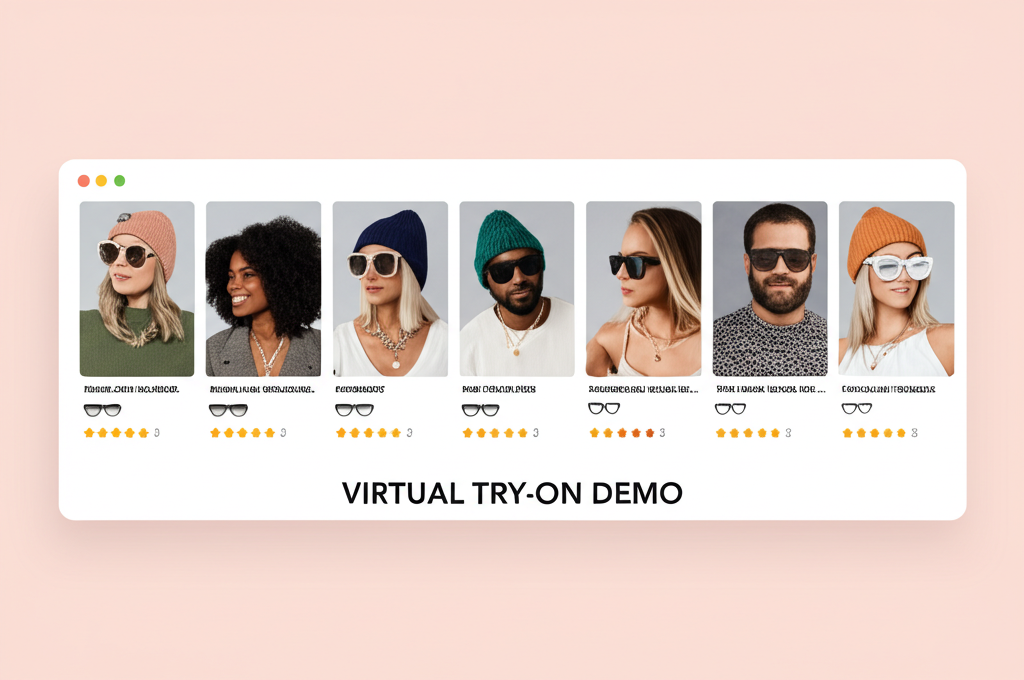The Virtual Try-On Revolution: How AI is Changing Fashion

The fashion industry is undergoing a significant transformation thanks to artificial intelligence and augmented reality. Virtual try-on technology, once considered a futuristic concept, is now becoming an essential tool for online retailers and shoppers alike.
The Problem with Traditional Online Shopping
Online shopping for clothing has always had one major drawback: the inability to try items on before purchasing. This uncertainty leads to high return rates, with some studies suggesting that up to 40% of clothing purchased online is returned, primarily due to fit issues.
This not only creates a frustrating experience for customers but also results in significant costs for retailers and negative environmental impacts from shipping, processing, and often discarding returned items.
Enter Virtual Try-On Technology
AI-powered virtual try-on solutions like Virtufit are changing this paradigm. By allowing customers to see how clothing items would look on their bodies before making a purchase, these technologies are addressing the fundamental uncertainty of online fashion shopping.
Using a combination of computer vision, body mapping, and cloth simulation algorithms, virtual try-on technology can create realistic visualizations of how garments would drape and fit on a person's unique body shape.
Benefits for Consumers
- Reduced uncertainty when shopping online
- Ability to "try" more styles quickly without the hassle of physical changing rooms
- More confident purchasing decisions
- Time savings from fewer returns and exchanges
Benefits for Retailers
- Lower return rates, resulting in cost savings
- Increased customer satisfaction and loyalty
- Reduced environmental impact from fewer shipments
- Valuable data on customer preferences and fit issues
The Future of Virtual Try-On
As AI technology continues to advance, we can expect virtual try-on solutions to become even more realistic and accurate. Integration with body scanning technology could provide personalized fit recommendations, while social features might allow friends to shop together virtually.
The virtual try-on revolution is just beginning, but it's already clear that this technology will play a crucial role in the future of fashion retail, creating more sustainable, efficient, and enjoyable shopping experiences for everyone.